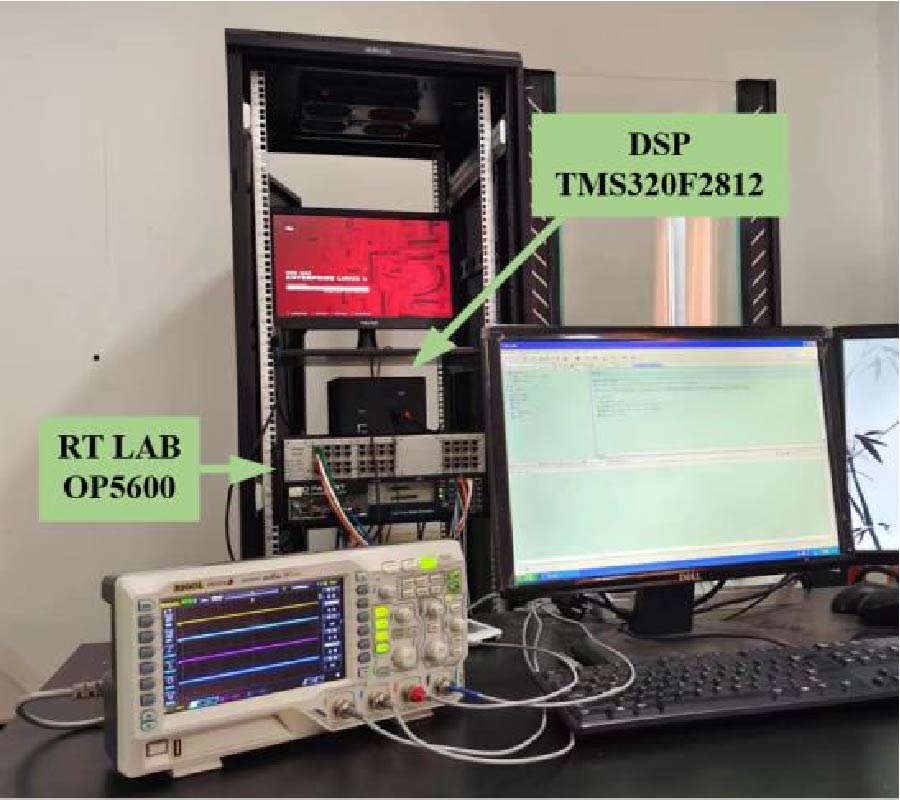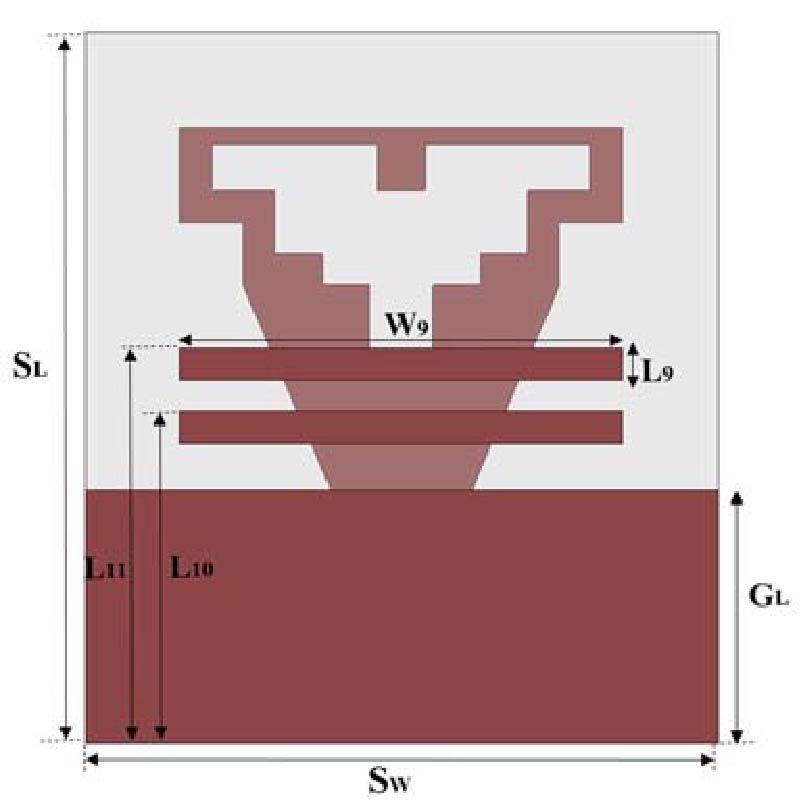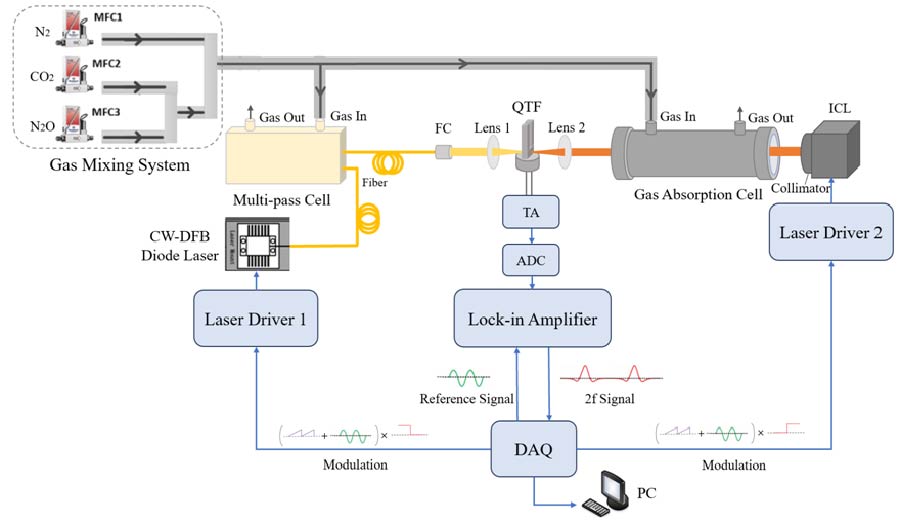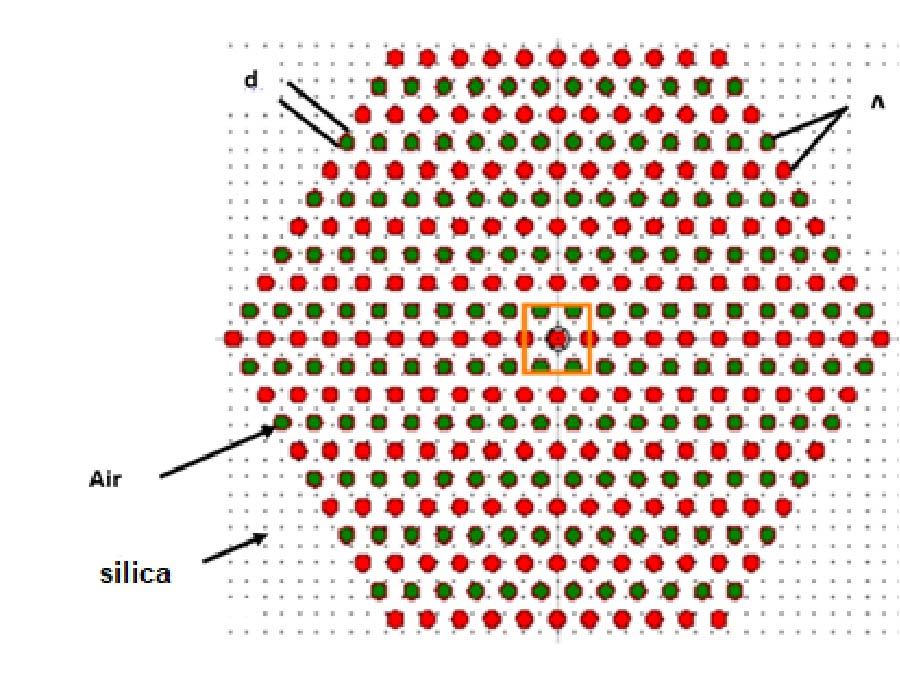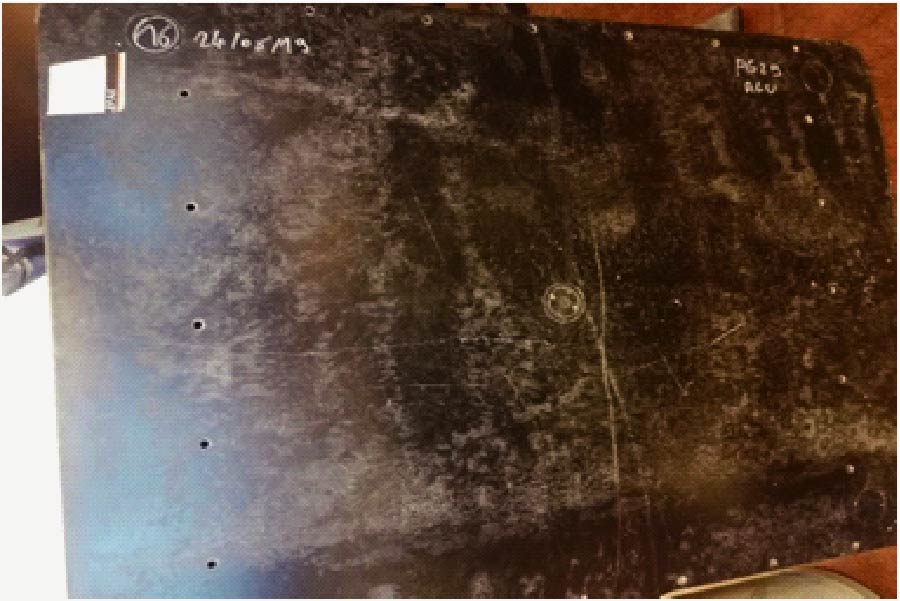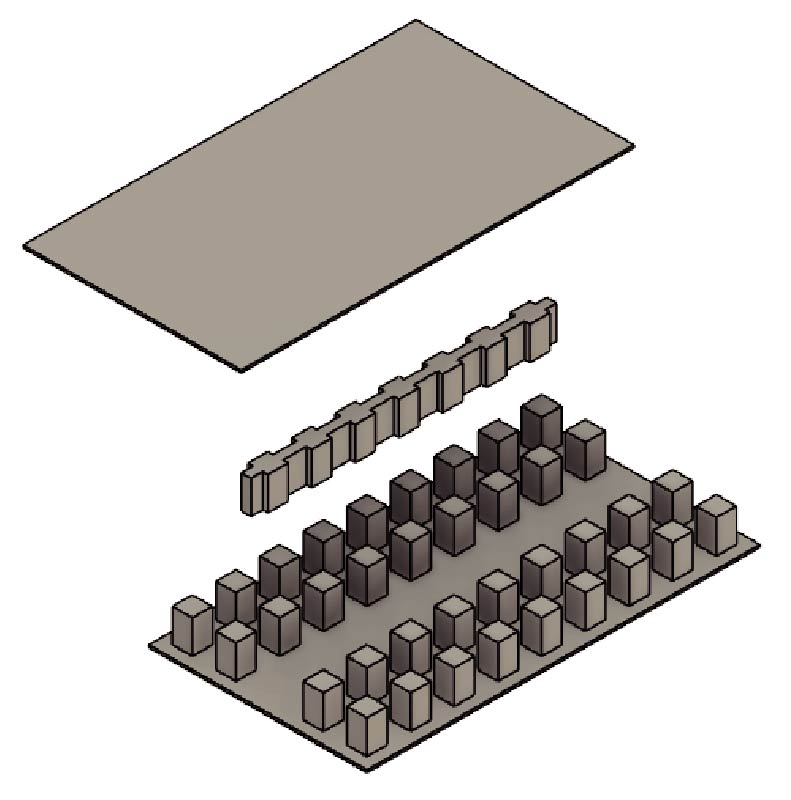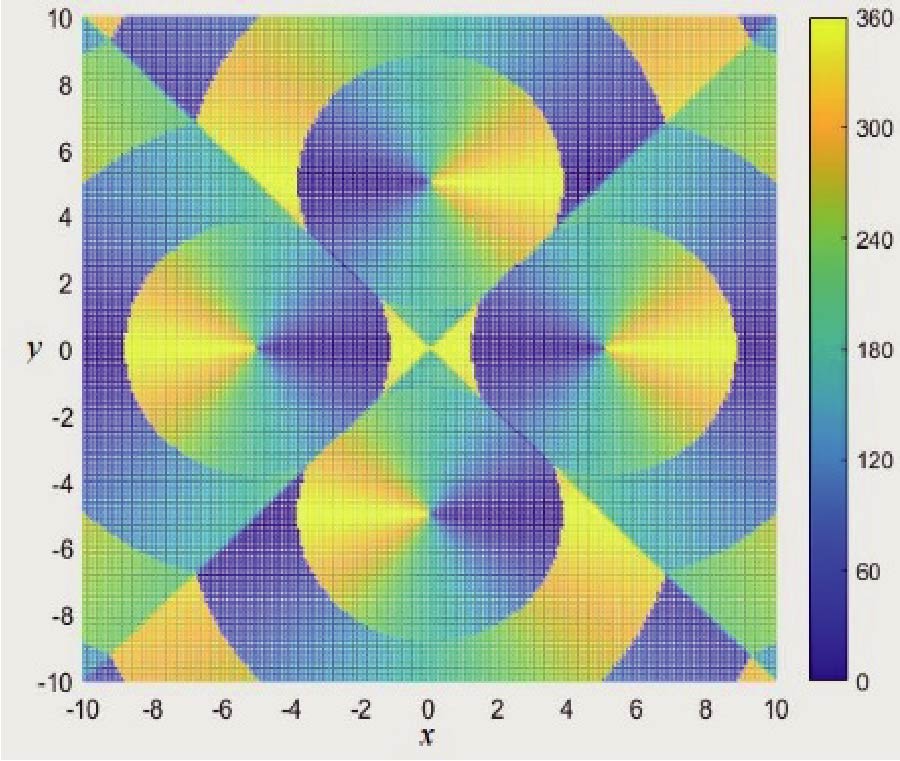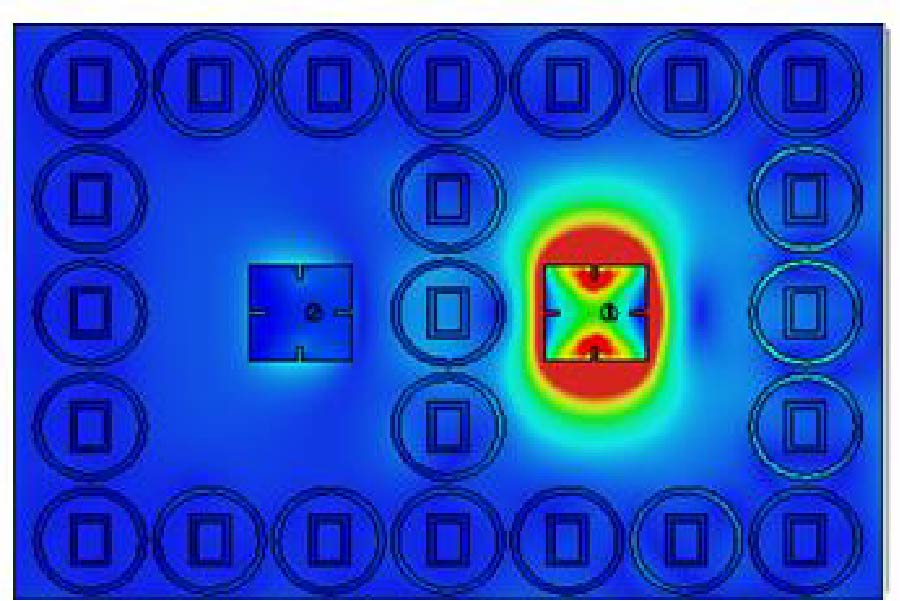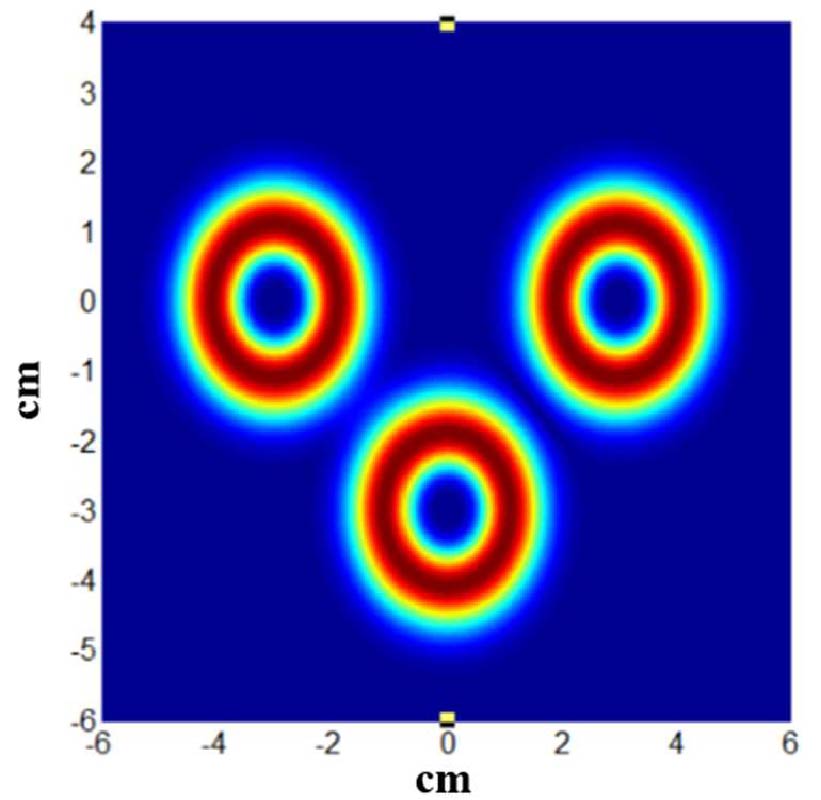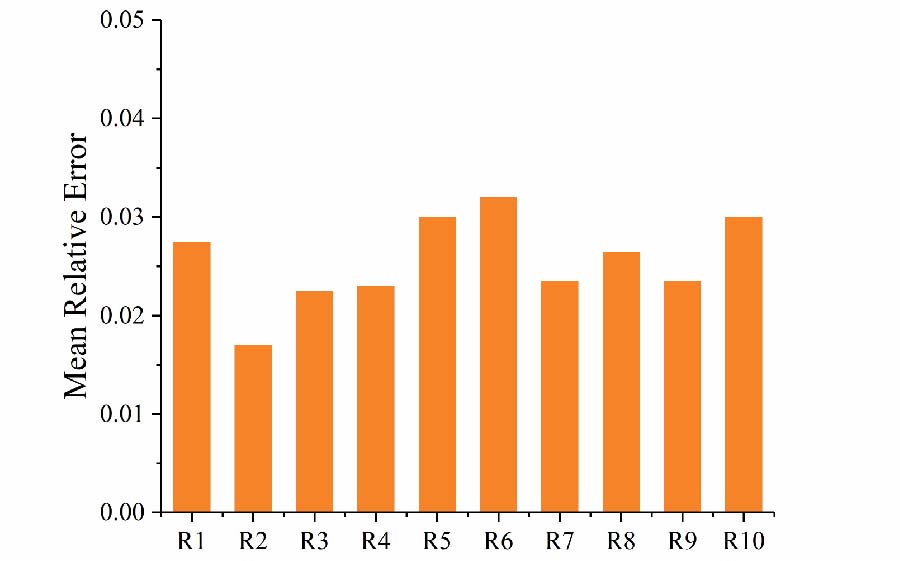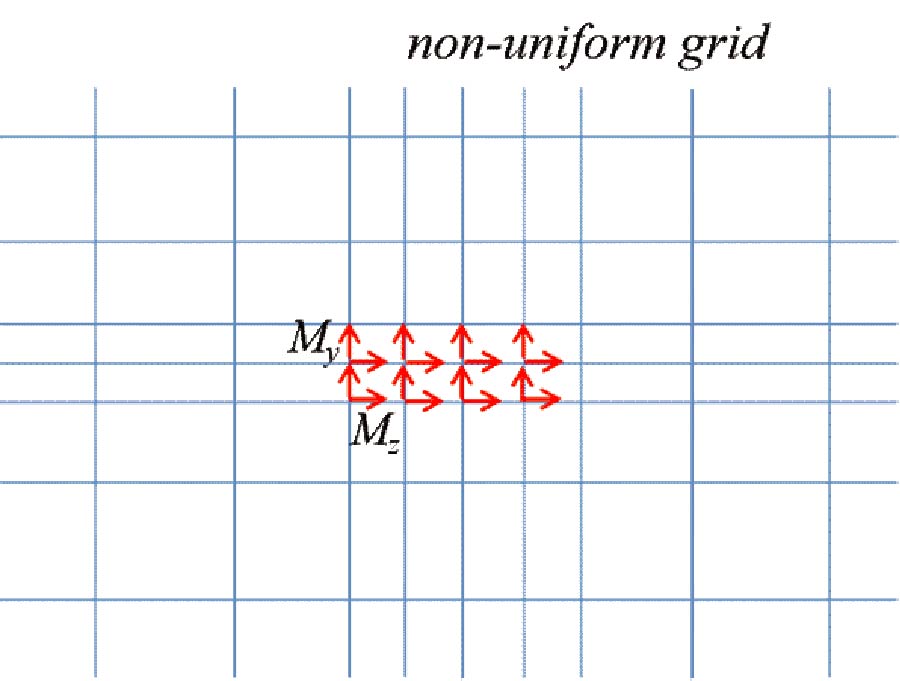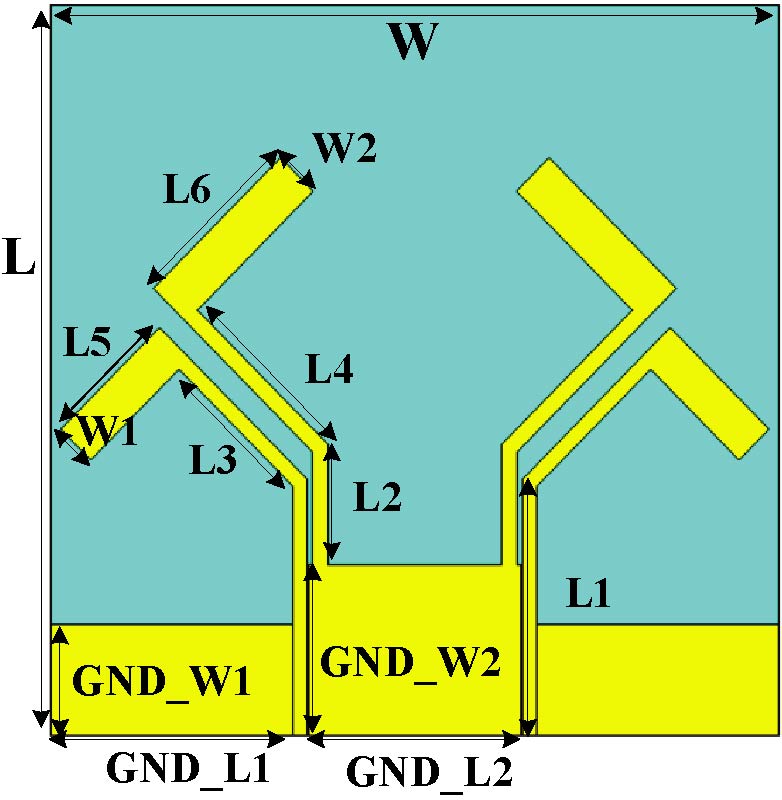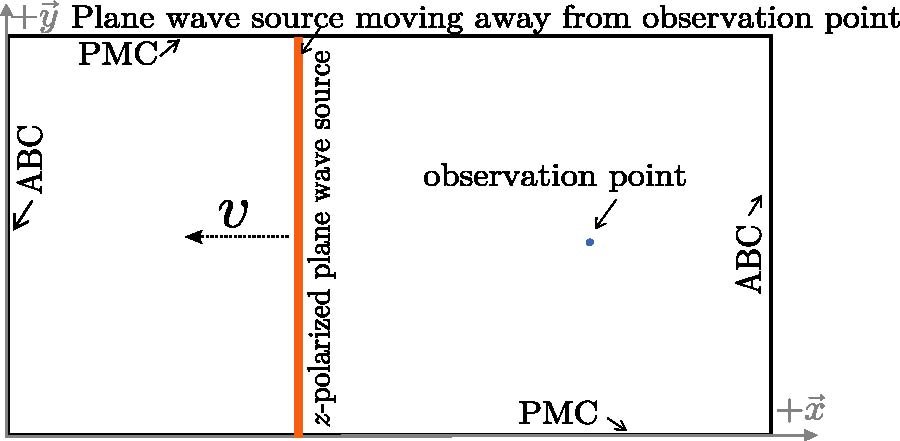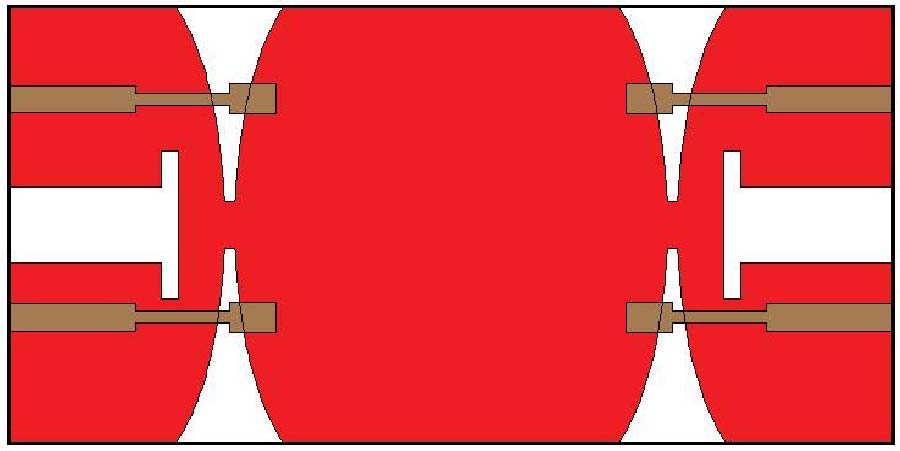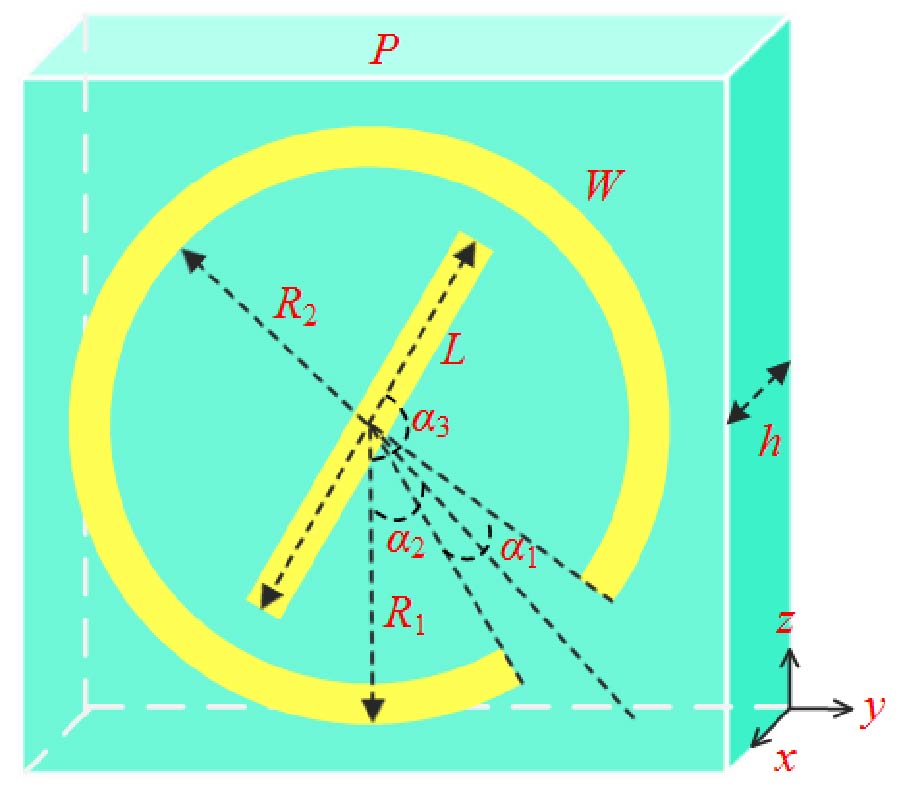Highly-Selective Ridge Gap Waveguide Based Filters for Multi-Band Satellite Applications
Neetirajsinh Jaydeepsinh Chhasatia,
Jitendra P. Chaudhari and
Amit V. Patel
In this paper, a pioneering and innovative approach for multiple-band ridge gap waveguide (MB-RGW) based narrowband bandpass filter for satellite applications is presented. The MB-RGW represents a significant and emerging technological advancement within the domain of microwave and millimeter-wave engineering. It comprises a periodic structure that enables the propagation of electromagnetic waves along its axis. We have provided a detailed analysis of the MB-RGW, which includes its design, simulation, and experimental results. A prototype filter, designed according to specifications, was successfully produced with a fabricated circuit area measuring 42.25 mm × 76.25 mm × 8.8 mm. We demonstrate that the MB-RGW can achieve multiple bands with a single structure, making it a versatile and efficient device for a wide range of applications. We also present a detailed analysis of the factors that affect the performance of the MB-RGW, including the geometry of the ridge and the spacing between ridges. Our experimental results show that the MB-RGW can achieve high levels of attenuation and isolation, making it a promising candidate for use in microwave and millimeter-wave circuits and systems. The experimental results show S11 smaller than -20 dB over relative bandwidths, and S21 has a maximum of -0.6 dB. The proposed filter demonstrates four resonances at frequencies of 10.6 GHz, 12.6 GHz, 14.7 GHz, and 17.1 GHz, catering to mobile and fixed radio locations as well as satellite applications. It exhibits a fractional bandwidth of 0.44% at 3 dB in the X-Band and approximately 0.57% to 0.61% at 3 dB bandwidth in the Ku-band. The filter offers a compact, cost-effective, and easily implementable solution for satellite communication systems, including space operations, earth exploration, satellite TV broadcasting, and fixed satellite services (FSS). Overall, this paper provides a comprehensive overview of the MB-RGW and its potential for the use in a range of applications.
